Home>Furniture>Kitchen Furniture>How Much Water Is Needed To Cook Brown Rice In A Rice Cooker
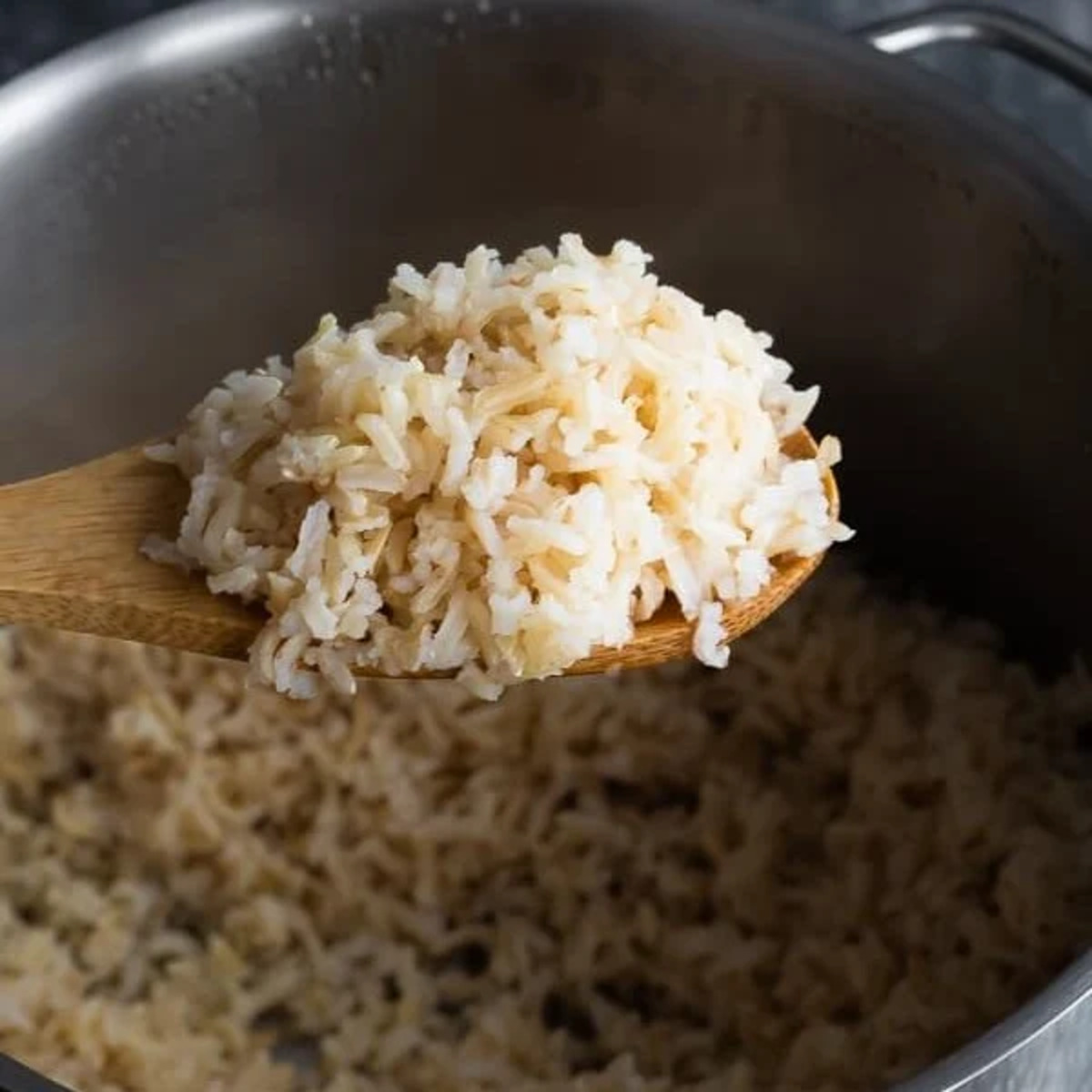

Kitchen Furniture
How Much Water Is Needed To Cook Brown Rice In A Rice Cooker
Modified: February 21, 2024
Discover the perfect amount of water needed to cook brown rice in a rice cooker. Read our informative articles for expert tips and techniques.
(Many of the links in this article redirect to a specific reviewed product. Your purchase of these products through affiliate links helps to generate commission for Storables.com, at no extra cost. Learn more)
Introduction
Welcome to the world of rice cookers! These handy kitchen appliances have revolutionized the way we cook rice, making it easier and more convenient than ever before. If you’re a fan of brown rice and want to achieve perfectly cooked grains every time, it’s essential to understand the role of water in the cooking process. In this article, we will delve into the topic of how much water is needed to cook brown rice in a rice cooker. We will explore the benefits of using a rice cooker, discuss the importance of water in cooking brown rice, analyze the factors that affect water measurement in rice cookers, and provide recommended water ratios for cooking brown rice. Additionally, we’ll share some valuable tips to help you achieve fluffy and delicious brown rice every time you use your rice cooker. So, let’s dive in and uncover the secrets to cooking perfect brown rice in your trusty rice cooker!
Key Takeaways:
- Achieve perfectly cooked brown rice in a rice cooker by understanding the importance of water, following recommended water ratios, and considering factors like rice type, cooker capacity, and personal preference. Experiment, rinse, and fluff for fluffy results!
- Using a rice cooker offers convenience, consistency, and time-saving benefits for cooking brown rice. Remember to avoid lid-opening, let the rice rest, and experiment with seasonings to customize the flavor profile of your brown rice.
Read more: How Much Water For 1 Cup Rice In Rice Cooker
Benefits of Using a Rice Cooker
There are several reasons why using a rice cooker is advantageous when it comes to cooking brown rice. Here are some of the key benefits:
- Convenience: Rice cookers are incredibly convenient to use. Simply add the rice and water, press a button, and let the cooker do its magic. There’s no need to constantly monitor the cooking process or worry about the rice sticking to the bottom of the pot.
- Consistency: Rice cookers are designed to provide consistent results. They are equipped with sensors and timers that adjust the cooking time and temperature to ensure evenly cooked rice every time. This eliminates the guesswork and minimizes the risk of undercooked or overcooked rice.
- Time-saving: Cooking brown rice on the stovetop can be time-consuming, requiring constant attention and stirring. With a rice cooker, you can save time and multitask while your rice cooks to perfection. This is especially beneficial for busy individuals or families with hectic schedules.
- Energy-efficient: Rice cookers are designed to be energy-efficient, using minimal electricity compared to traditional stovetop cooking methods. They also have a keep-warm function that allows you to maintain the temperature of the cooked rice without using additional energy.
- Versatility: Rice cookers are not just limited to cooking rice. Many models come with additional features such as steamers, allowing you to cook vegetables, meat, and even soup simultaneously. This versatility makes rice cookers a versatile appliance that can be used for various cooking needs.
Overall, using a rice cooker offers convenience, consistency, time-saving benefits, energy efficiency, and versatility in the kitchen. It’s a worthwhile investment for anyone who loves to cook rice regularly, especially when it comes to cooking brown rice, which requires precise water measurements for optimal results.
Importance of Water for Cooking Brown Rice
Water is a crucial element when it comes to cooking brown rice in a rice cooker. The proper measurement of water is key to achieving perfectly cooked grains that are tender, fluffy, and full of flavor. Here’s why water is so important in the cooking process:
- Hydration: Water is responsible for hydrating the rice grains during the cooking process. It helps to soften the tough outer bran layer of brown rice, allowing the heat to penetrate and cook the grains evenly.
- Steam Generation: Water plays a crucial role in generating steam inside the rice cooker. Once the water reaches its boiling point, it creates steam, which surrounds the rice grains and helps to cook them through a process called steaming. This gentle and indirect heat ensures that the rice cooks evenly without becoming soggy or mushy.
- Absorption of Flavors: When cooking brown rice, water acts as a vehicle for infusing flavors into the grains. By adding seasonings or broth to the cooking water, you can enhance the taste of the rice. This allows you to customize the flavor profile of your brown rice, making it a versatile base for various dishes.
- Texture and Consistency: The amount of water used directly influences the texture and consistency of the cooked brown rice. Insufficient water can result in undercooked and hard grains, while excessive water can lead to a sticky or mushy consistency. Finding the right balance is essential for achieving the desired texture that is tender, yet slightly firm.
It is important to note that the amount of water needed for cooking brown rice may vary depending on the type of rice, the age of the rice, and even the specific rice cooker being used. Therefore, it’s important to follow the recommended water ratios provided by the rice cooker manufacturer or experiment with different water measurements to find the ideal balance for your desired rice texture.
Now that we understand the importance of water in cooking brown rice, let’s explore some of the factors that can affect the water measurement in rice cookers to achieve the perfect rice-to-water ratio.
Factors Affecting Water Measurement in Rice Cookers
When cooking brown rice in a rice cooker, there are several factors that can influence the water measurement and ultimately affect the final outcome of your cooked rice. Understanding these factors is essential for achieving the perfect rice-to-water ratio. Here are some key factors to consider:
- Type of Rice: Different varieties of brown rice may have different water absorption rates. Some rice types may require more water, while others may require less. It’s important to refer to the specific instructions provided by the rice cooker manufacturer or adjust the water measurement based on the type of brown rice you are using.
- Rice Cooker Capacity: The size and capacity of your rice cooker can affect the water measurement. Larger rice cookers may require slightly more water compared to smaller ones, as larger quantities of rice need more water for proper cooking and steam generation. Always refer to the recommended water ratios provided by the rice cooker manufacturer for your specific model.
- Personal Preference: The desired texture and consistency of brown rice can vary from person to person. Some individuals prefer their rice to be softer and stickier, while others prefer a firmer and fluffier texture. Depending on your preference, you may need to adjust the water measurement accordingly.
- Altitude and Climate: The altitude at which you are cooking can affect the boiling point of water. Higher altitudes have lower atmospheric pressure, causing water to boil at lower temperatures. This means that more water may be needed to cook brown rice properly at higher altitudes. Additionally, the climate of your location can also impact the moisture level in the grains, requiring slight adjustments in water measurement.
- Soaking Time: Some individuals prefer to soak brown rice before cooking, as it can help reduce the cooking time and improve the overall texture of the rice. If you choose to soak your rice, it’s important to adjust the water measurement accordingly, as soaked rice will require less cooking water compared to unsoaked rice.
Considering these factors and making the necessary adjustments to the water measurement will help you achieve optimal results when cooking brown rice in your rice cooker. However, it may require some trial and error to find the perfect water-to-rice ratio that suits your taste preferences and yields the desired texture and consistency.
Now that we’ve explored the various factors affecting water measurement, let’s move on to the recommended water ratios for cooking brown rice in a rice cooker.
Use a 1:2 ratio of brown rice to water in a rice cooker. For example, 1 cup of rice would require 2 cups of water. Adjust the water slightly based on your desired texture.
Recommended Water Ratios for Cooking Brown Rice in Rice Cookers
When it comes to cooking brown rice in a rice cooker, achieving the perfect rice-to-water ratio is crucial for obtaining well-cooked and flavorful grains. While the exact water measurement may vary depending on factors such as rice type, rice cooker capacity, and personal preference, here are some general guidelines for the recommended water ratios:
- 1:1.5 ratio – This is the most common water-to-rice ratio used for cooking brown rice in rice cookers. For every cup of brown rice, add 1.5 cups of water. This ratio typically results in a slightly firm and fluffy texture.
- 1:1.75 ratio – If you prefer a softer and stickier texture, you can increase the water-to-rice ratio to 1:1.75. This means adding 1.75 cups of water for every cup of brown rice. The additional water will result in a softer consistency.
- Soaking method – Another option to consider is soaking the brown rice before cooking. By soaking the rice for 30 minutes to an hour, you can reduce the cooking time and achieve a softer texture. In this case, you can use a slightly lesser amount of water, such as a 1:1.25 ratio.
It’s important to note that these ratios are general guidelines and may need to be adjusted based on individual preferences and the specific rice cooker being used. It’s always a good idea to refer to the instructions provided by the rice cooker manufacturer and make adjustments based on personal taste and experimentation.
Additionally, it’s recommended to follow a few additional tips to ensure perfectly cooked brown rice:
- Use a measuring cup specifically designed for rice. These cups typically have markings for both rice and water, ensuring accurate measurements.
- Rinse the rice before cooking to remove excess starch and improve the texture of the cooked grains. Simply place the rice in a sieve and rinse it under cold water until the water runs clear.
- Allow the cooked rice to rest in the rice cooker for a few minutes after the cooking process is complete. This helps to redistribute moisture and results in evenly cooked rice.
- Avoid opening the rice cooker lid during the cooking process. Opening the lid can disrupt the cooking process and affect the final outcome.
By following these recommendations and making necessary adjustments to the water ratios, you can achieve perfectly cooked brown rice in your rice cooker every time.
Now that we’ve covered the recommended water ratios and tips, let’s wrap up the article.
Tips for Achieving Perfectly Cooked Brown Rice
Cooking brown rice to perfection in a rice cooker requires attention to detail and a few handy tips to ensure optimum results. Here are some tips to help you achieve perfectly cooked brown rice:
- Rinse the Rice: Before cooking the brown rice, rinse it under cold water to remove excess starch. This step helps to prevent the rice from becoming sticky and ensures a fluffier texture.
- Use the Correct Water Ratio: Follow the recommended water ratios provided by the rice cooker manufacturer, or experiment to find the perfect ratio that suits your taste preferences. Start with a 1:1.5 ratio of water to rice, and adjust as needed for firmer or softer grains.
- Soak the Rice (Optional): Soaking the brown rice for 30 minutes to an hour before cooking can help reduce the cooking time and result in a softer texture. If you choose to soak the rice, adjust the water measurement accordingly.
- Avoid Opening the Lid: While the rice is cooking, resist the temptation to open the lid. Opening the lid can disrupt the cooking process and affect the overall result. Trust the rice cooker to do its job!
- Let the Rice Rest: Once the cooking process is complete, allow the brown rice to rest in the rice cooker for a few minutes. This helps to redistribute moisture and ensures even cooking throughout the grains.
- Fluff the Rice: After the resting period, gently fluff the rice with a fork to separate the grains and create a light and airy texture. Avoid using a spoon or stirring vigorously to prevent mashing the rice.
- Experiment with Seasonings: To add more flavor to your brown rice, try experimenting with different seasonings. You can add herbs, spices, or a splash of soy sauce to customize the taste according to your preference.
Remember, achieving perfectly cooked brown rice may require some trial and error. Factors such as rice type, rice cooker capacity, personal preference, and even altitude can influence the cooking process. Don’t be afraid to experiment and make adjustments to the water ratios and cooking times until you find the perfect balance for your desired texture and taste.
With these tips in mind, you’ll be well on your way to enjoying delicious and fluffy brown rice every time you use your rice cooker!
Now, let’s wrap up the article and summarize what we’ve covered.
Conclusion
Cooking perfectly cooked brown rice in a rice cooker is an art that requires attention to detail, experimentation, and understanding the role of water in the cooking process. By following the tips and guidelines provided in this article, you can enhance your rice-cooking skills and achieve delicious and fluffy brown rice with ease.
We explored the benefits of using a rice cooker, such as convenience, consistency, time-saving, energy efficiency, and versatility. The importance of water in cooking brown rice was highlighted, as it plays a vital role in hydrating the grains, generating steam, and absorbing flavors.
Factors that affect water measurement in rice cookers, like the type of rice, rice cooker capacity, personal preference, altitude, and soaking time, were discussed. It’s essential to consider these factors and make adjustments accordingly to find the ideal water-to-rice ratio for your desired outcome.
Additionally, we provided recommended water ratios as a starting point, such as the 1:1.5 ratio for slightly firm and fluffy rice or the 1:1.75 ratio for a softer and stickier texture. We also emphasized the importance of rinsing the rice, avoiding opening the lid, letting the rice rest, and gently fluffing the grains after cooking.
Remember, achieving the perfect rice texture may require some trial and error, and it’s important to customize the measurements based on your individual preferences and the specifications of your rice cooker.
So, with your newfound knowledge and these tips, you’re now ready to embark on your journey towards cooking perfectly cooked brown rice in your rice cooker. Enjoy the delicious and nutritious benefits of brown rice without the hassle of stovetop cooking!
Happy cooking!
Frequently Asked Questions about How Much Water Is Needed To Cook Brown Rice In A Rice Cooker
Was this page helpful?
At Storables.com, we guarantee accurate and reliable information. Our content, validated by Expert Board Contributors, is crafted following stringent Editorial Policies. We're committed to providing you with well-researched, expert-backed insights for all your informational needs.
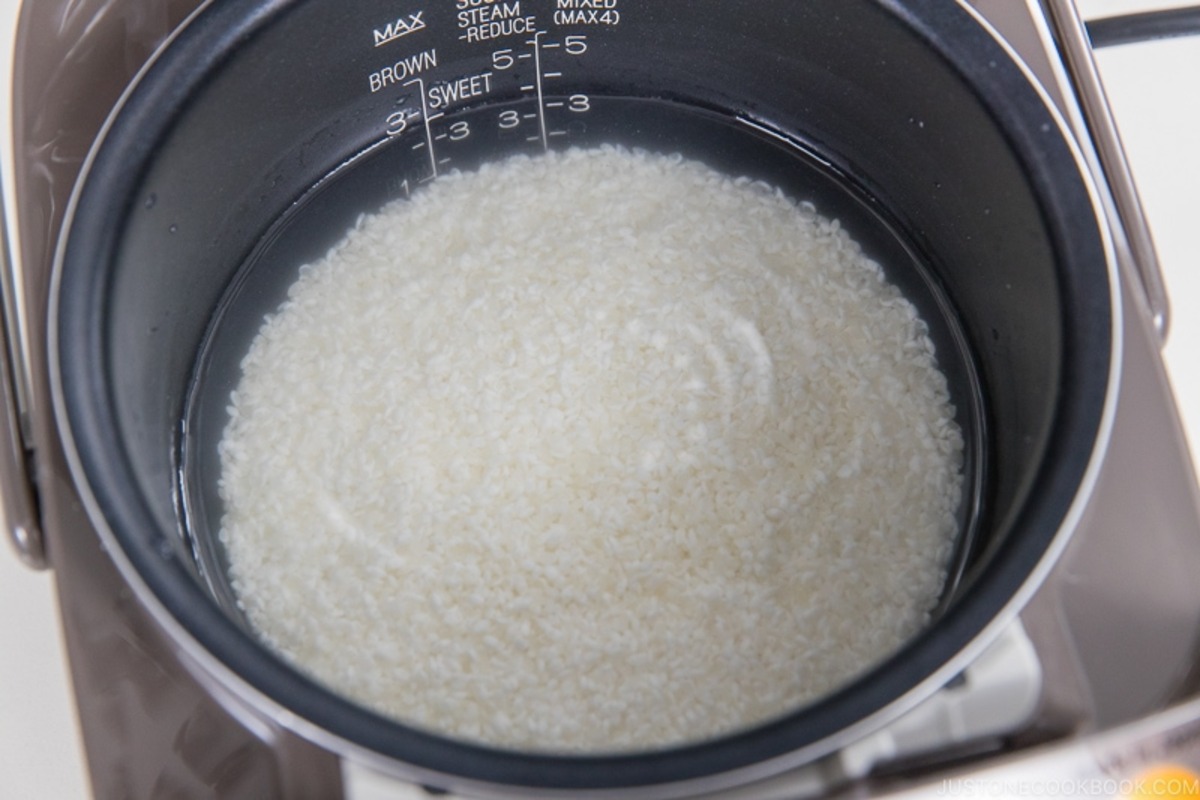
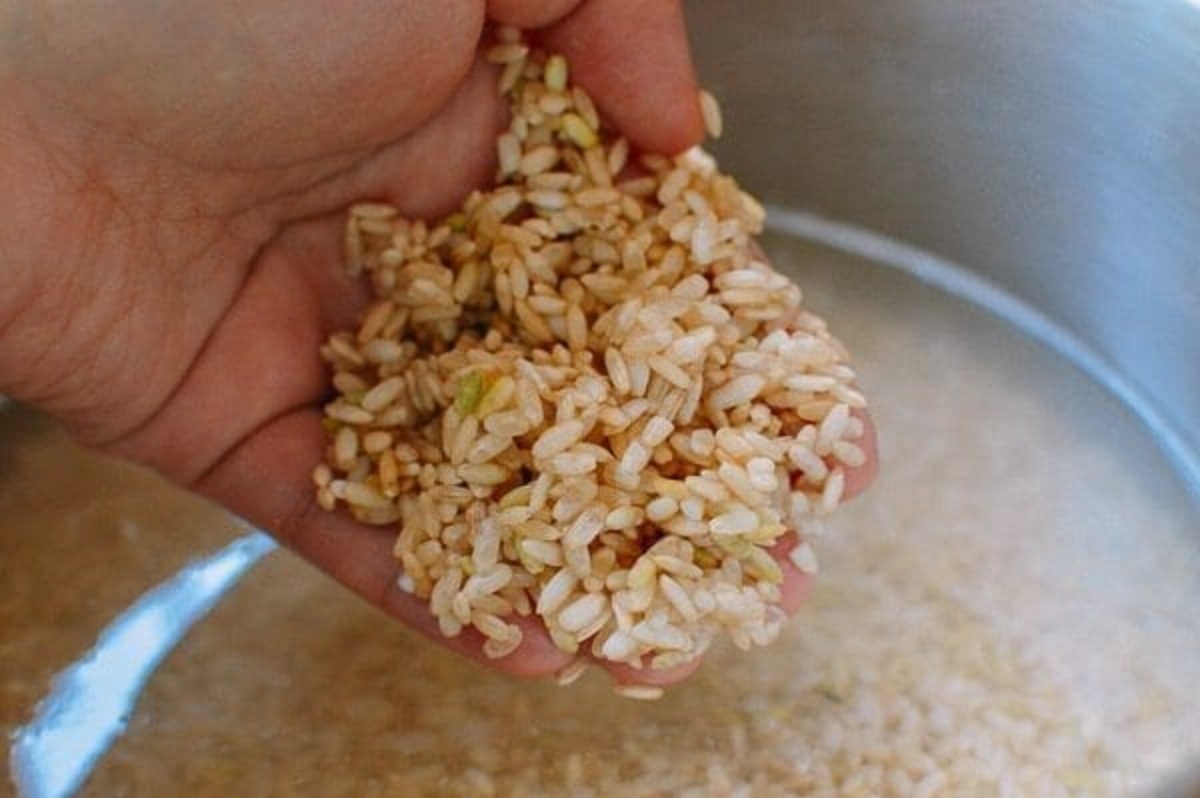
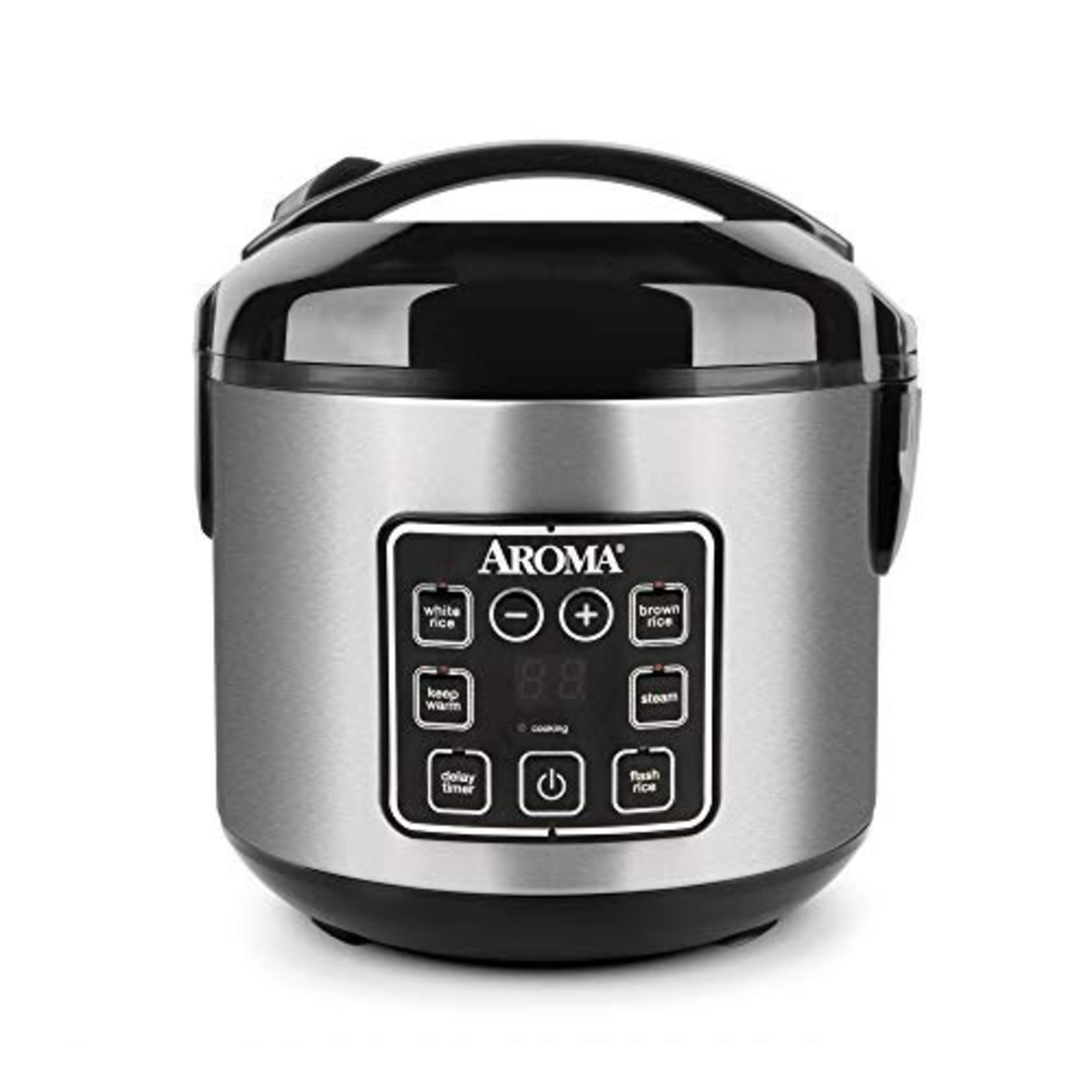
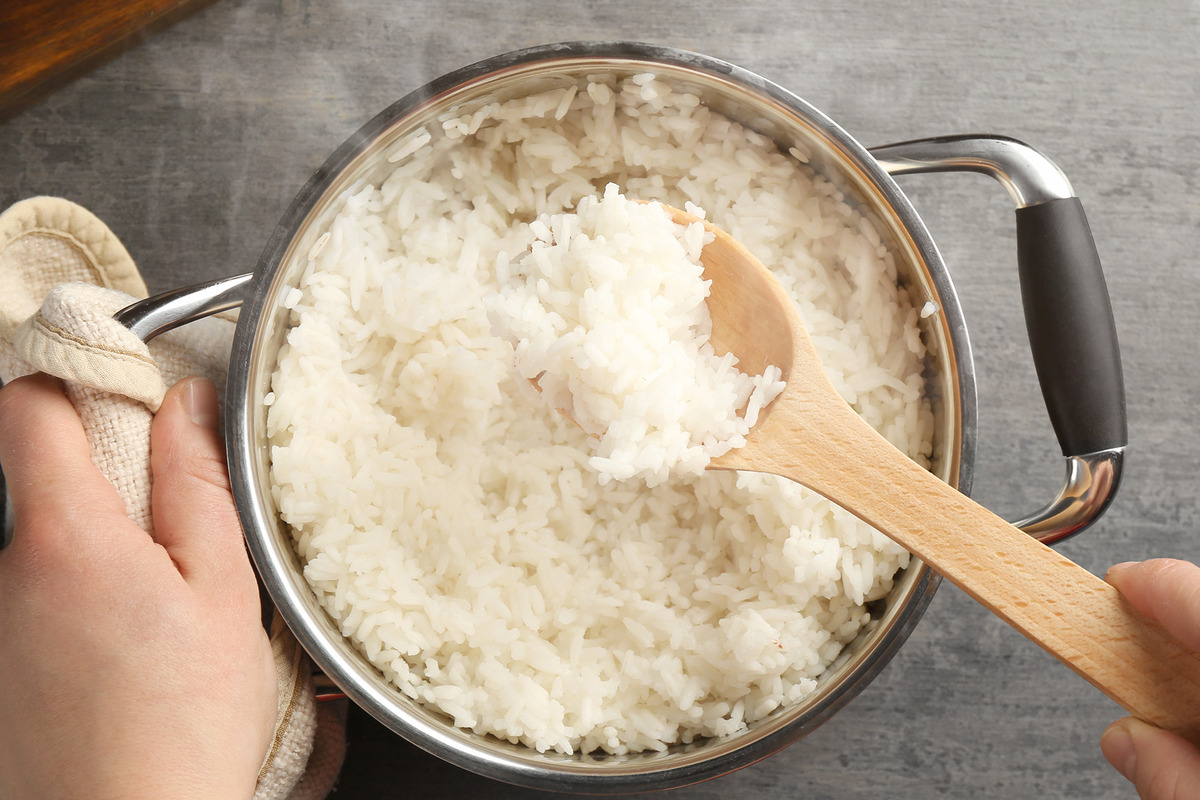
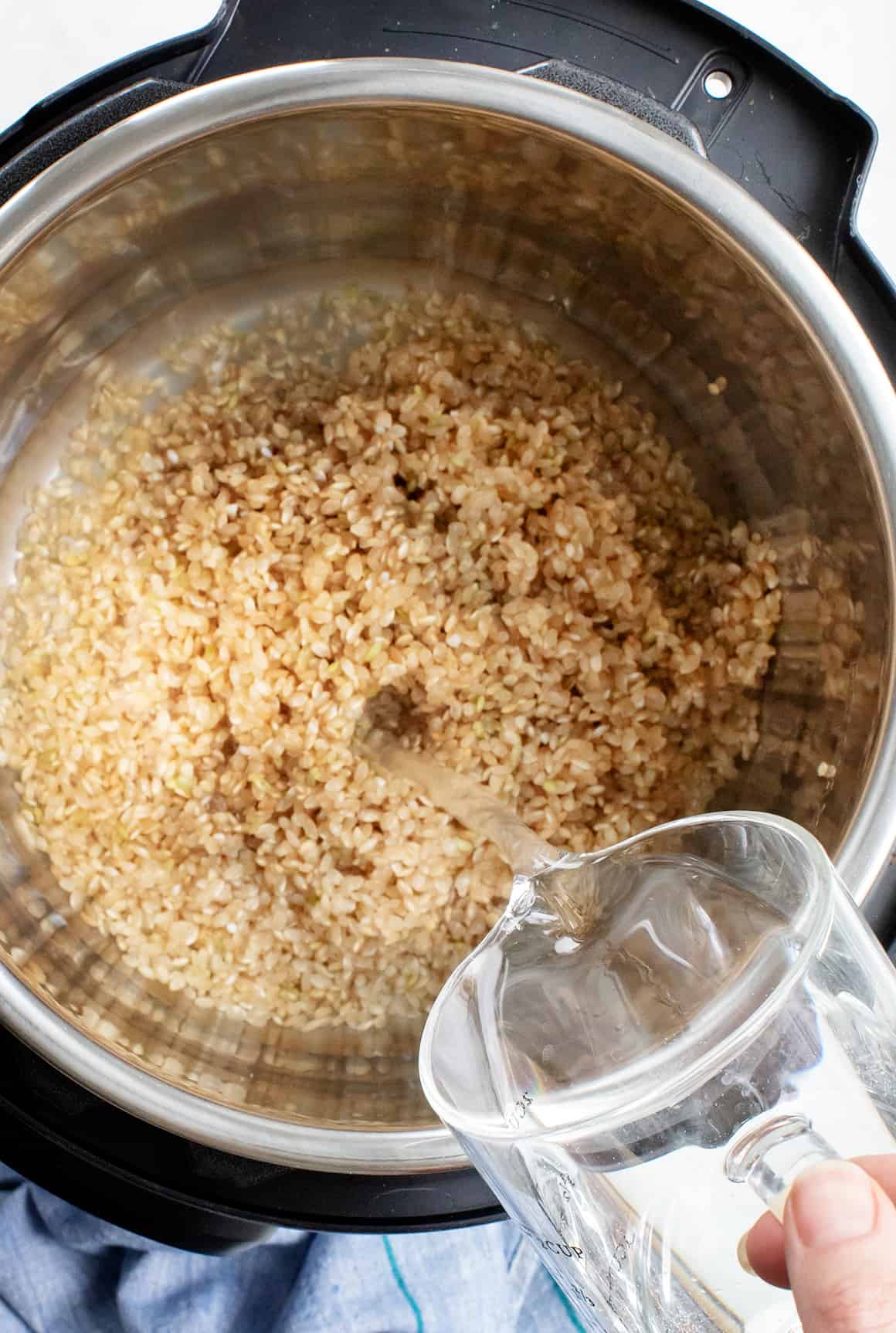
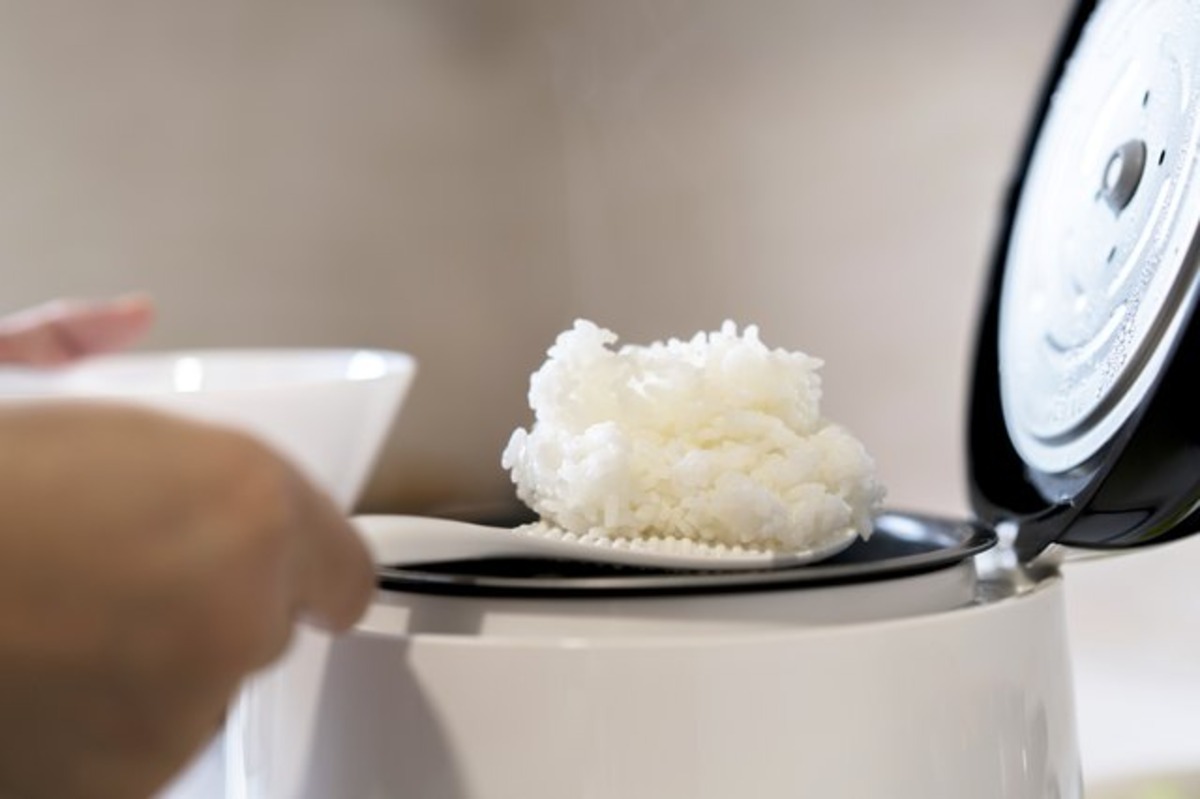
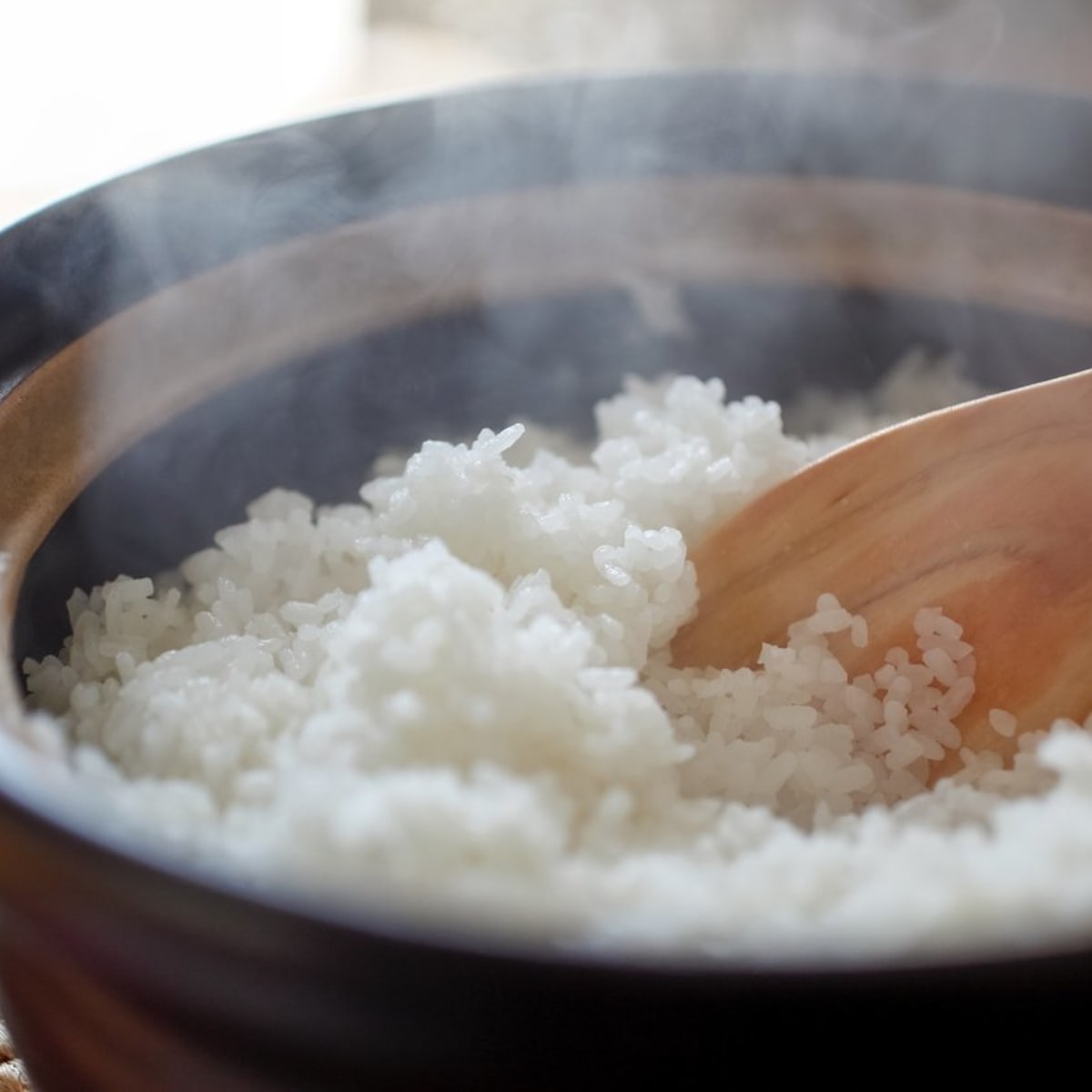
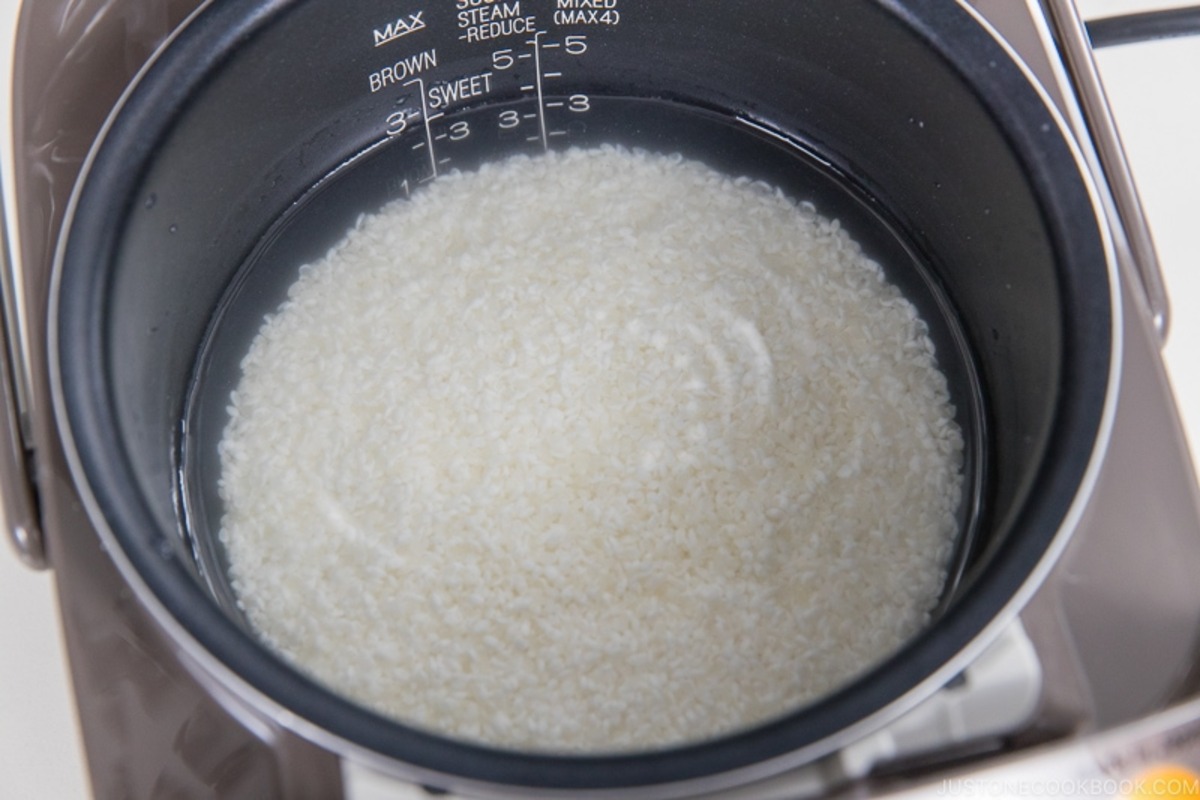
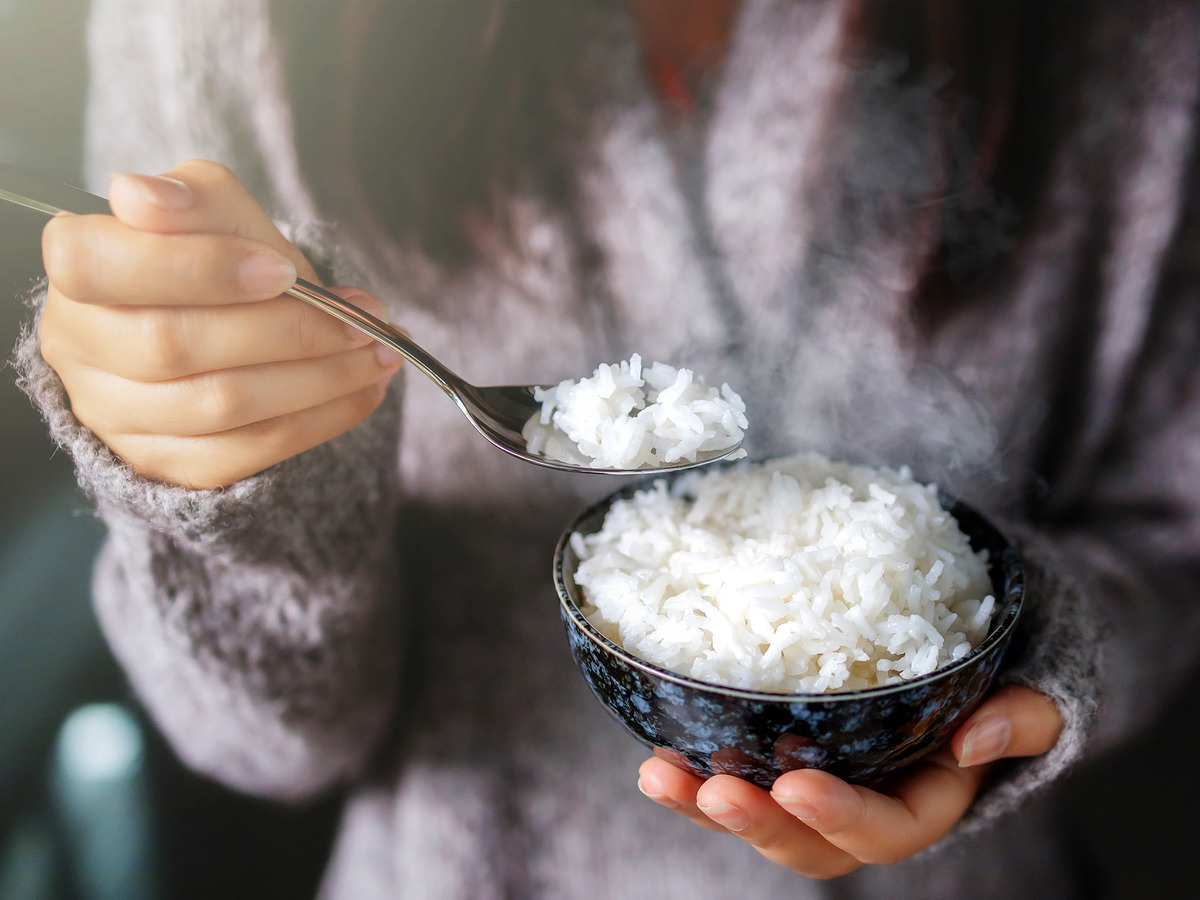


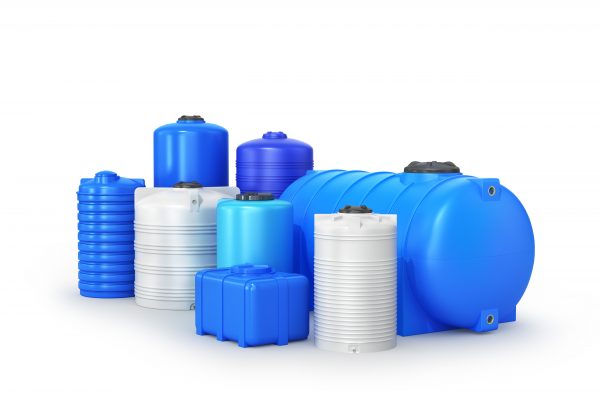
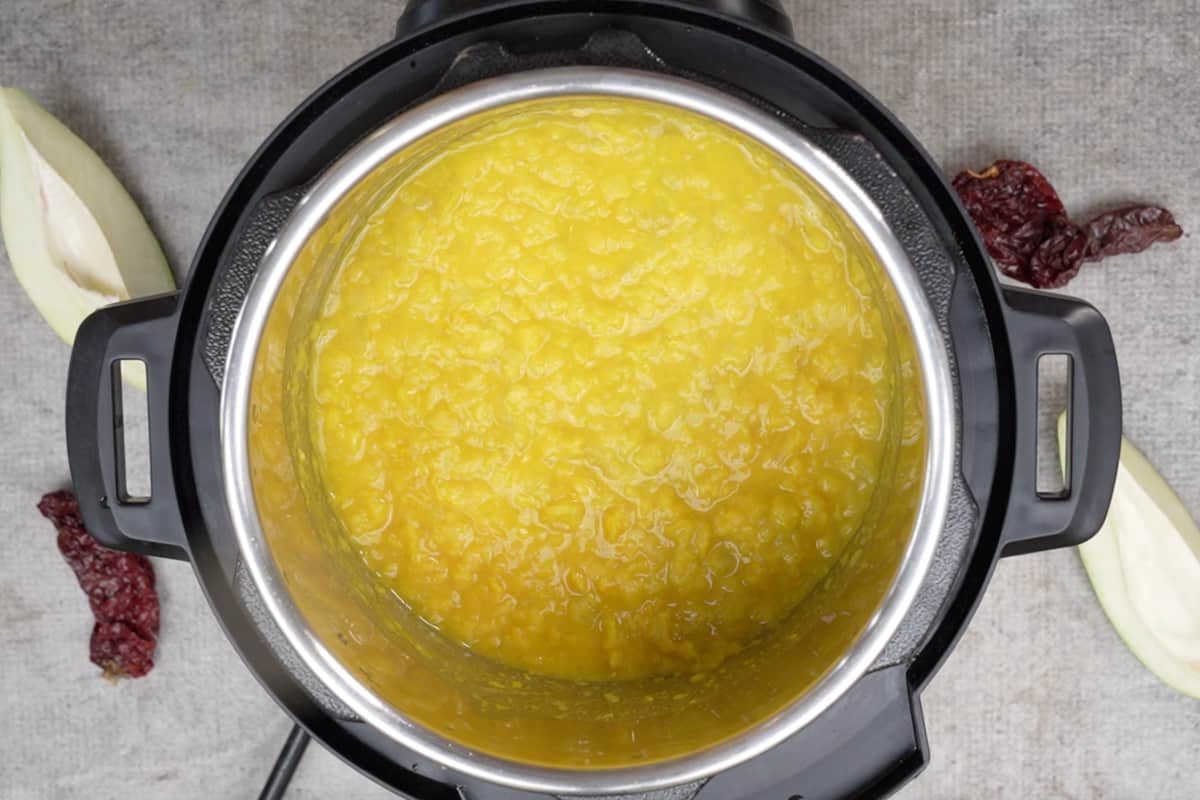
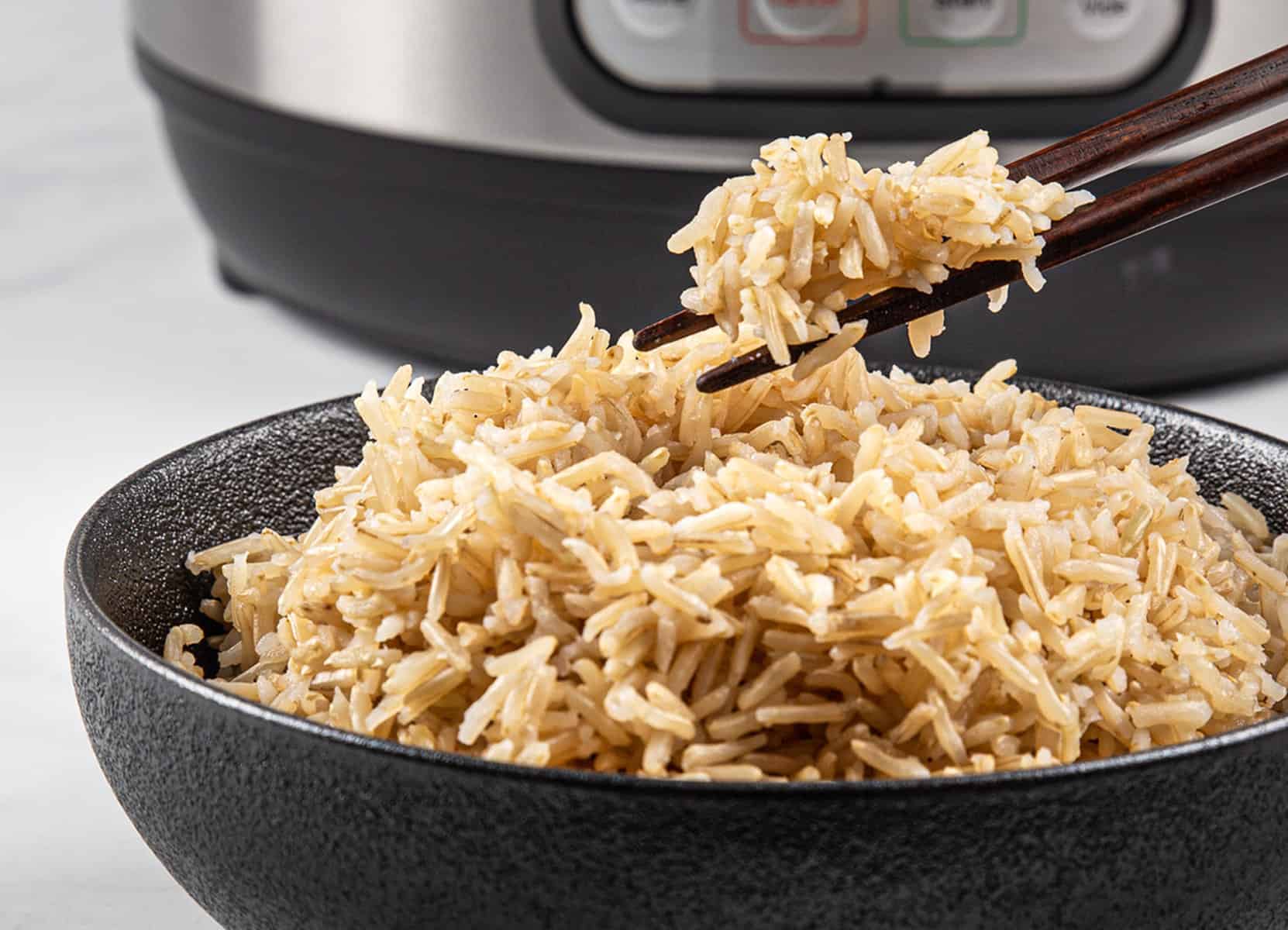

0 thoughts on “How Much Water Is Needed To Cook Brown Rice In A Rice Cooker”